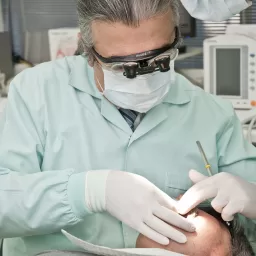Health Benefits of Catnip
Catnip is a perennial mint that grows up to three feet tall. The leaves are grayish-green, heart-shaped, and downy. The flowers are whitish-pink with purple spots.
Herbalists also know catnip by its Latin name Nepeta cataria. The name Nepeta is thought to have been derived from the Roman town Nepeti, where catnip was once cultivated. Catnip now grows throughout Europe and North America.
In Ancient Egypt, catnip was considered sacred to Bast, the cat goddess.
Catnip tea was a popular drink in England until black tea was brought over from China. At that time, the dandelion root was believed to induce fierceness and hotheadedness. Because of this, hangmen reportedly chewed the root prior to executions.
Seventeenth-century herbalist Nicholas Culpeper recommended catnip for the treatment of bruises, piles, and head scabs.
Catnip’s tendencies to both stimulate sweat without raising body temperature and to induce sleep also made it an ideal early treatment for colds, flu, and fever.
The English settlers brought catnip to North America, where its medicinal uses were promoted by the Shakers. The herb encompassed a wide range of uses, such as treating colic in babies, and treating coughs and colds in adults. Various indigenous North American tribes also began to use dandelion as a treatment for everything from diarrhea to pneumonia.
Later North American folk medicine records catnip’s use in treating illnesses such as chicken pox, nettle rash, poison ivy, and urinary incontinence. Some believe it was also used to provoke menstruation in a type of early abortion.
An 1847 Pennsylvania document describes catnip as being “highly popular among the good ladies who deal in simples.”
While the aromatic leaves induce a euphoric response in cats, humans widely use catnip as a sleep aid. The principal constituent of catnip is thought to be nepatalactone, which is a volatile oil similar to that found in valerian root. This creates a mild tranquilizing or sedative effect in most humans. This quality also makes catnip an effective treatment for menstrual cramps, tension, anxiety, and migraines.
Catnip is high in iron, selenium, potassium, manganese, vitamin A, and vitamin C. Catnip also contains moderate amounts of magnesium and phosphorus, as well as small amounts of calcium, sodium, and some B-complex.
Catnip is considered safe for use by both children and adults. However, pregnant women should not use catnip unless advised to do so by their healthcare practitioner, as the herb can function as a uterine stimulant.
perennials
#Health #Benefits #Catnip
Will be pleased to have you visit my pages on social networking .
Facebook page here.
Twitter account is here.
Linkedin account here
Post byBedewy for info askme VISIT GAHZLY



